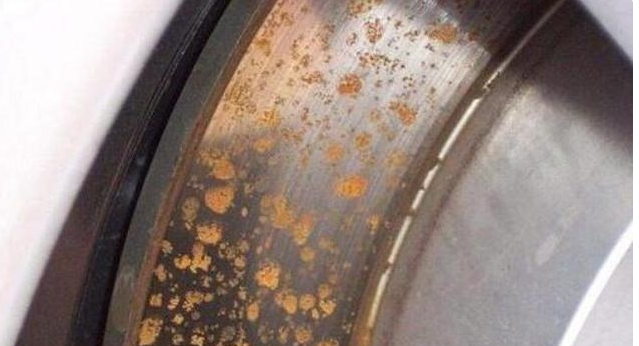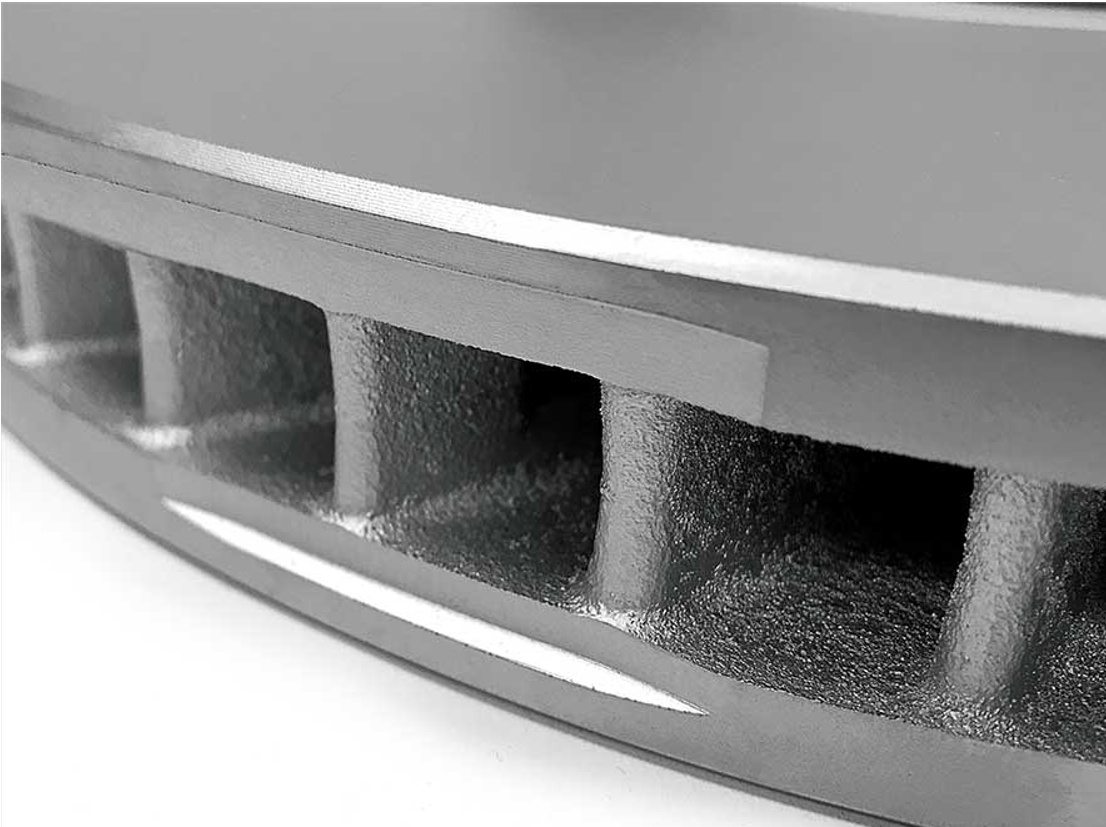-

Chinese brake lining standards and international brake lining standards
I. Current standards of China’s automotive brake lining industry. GB5763-2008 Brake Linings for Automobiles GB/T17469-1998 “Automotive Brake Lining Friction Performance Evaluation Small Sample Bench Test Methods GB/T5766-2006 “Rockwell Hardness Test Method for Friction Materials...Read more -

Introduction of the world-famous company of brake pads and the number code law
FERODO was founded in England in 1897 and manufactured the world’s first brake pad in 1897. 1995, the world’s original installed market share of nearly 50%, the production of the world’s first. FERODO-FERODO is the initiator and chairman of the world friction material standard a...Read more -

What is brake pad shims?
At present, whether it is the end customer or the brake pad product distributor, we not only pursue the characteristics of brake pads with excellent braking performance, comfortable braking, no harm to the disc and no dust, but we also keep a high concern about the brake noise problem. The qualit...Read more -

How often should brake disc be replaced?
I consulted a professional mechanic about this issue and they told me that brake discs are generally suitable to be changed once around 70,000 kilometers. When you hear an ear-piercing metallic whistling sound when braking, this is the alarm iron on the brake pad has started to wear the brake dis...Read more -

Everything you should know about brake pad friction coefficient
Normally, the friction coefficient of ordinary brake pads is about 0.3 to 0.4, while the friction coefficient of high-performance brake pads is about 0.4 to 0.5. With a higher friction coefficient, you can generate more braking force with less pedaling force, and achieve better braking effect. Bu...Read more -

How does the material of brake disc affect the friction performance?
In China, the material standard for brake discs is HT250. HT stands for gray cast iron and 250 represents its stensile strength. After all, the brake disc is stopped by the brake pads in rotation, and this force is the tensile force. Most or all of the carbon in cast iron exists in the form of fl...Read more -

Rusted brake discs lower braking performance?
Rusting of brake discs in automobiles is a very normal phenomenon, because the material of brake discs is HT250 standard gray cast iron, which can reach the grade of - Tensile strength≥206Mpa - Bending strength≥1000Mpa - Disturbance ≥5.1mm - Hardness of 187~241HBS The brake disc is directly expos...Read more -

Reasons for brake pad noise and solution methods
Whether it is a new car, or a vehicle that has been driven for tens of thousands or even hundreds of thousands of kilometers, the problem of brake noise can occur at any time, especially the sharp “squeak” sound is the most unbearable. And often after the inspection, it was told that ...Read more -

Analysis and solution of dynamic imbalance of brake disc
When the brake disc rotates with the car hub at high speed, the centrifugal force generated by the mass of the disc cannot offset each other due to the uneven distribution of the disc, which increases the vibration and wear of the disc and reduces the service life, and at the same time, reduces t...Read more -

How does a disk brake work?
Disk brakes are similar to a bicycle brakes. When pressure is applied on the handle, this strip of a metal string tightening two shoes against the rim ring of the bike, causing friction with rubber pads. Similarly, in a car, when pressure is applied on the brake pedal, this forces liquids circula...Read more -

Disc brakes: How do they work?
In 1917, a mechanic invented a new type of brakes that were operated hydraulically. A couple of years later he improved its design and introduced the first modern hydraulic brake system. Although it was not reliable from all due to problems with the manufacturing process, it was adopted in the au...Read more -

What is a ceramic brake disc? What are the advantages over traditional brake discs?
Ceramic brake discs are not ordinary ceramics, but reinforced composite ceramics composed of carbon fiber and silicon carbide at a high temperature of 1700 degrees. Ceramic brake discs can effectively and steadily resist thermal decay, and its heat resistance effect is many times higher than that...Read more